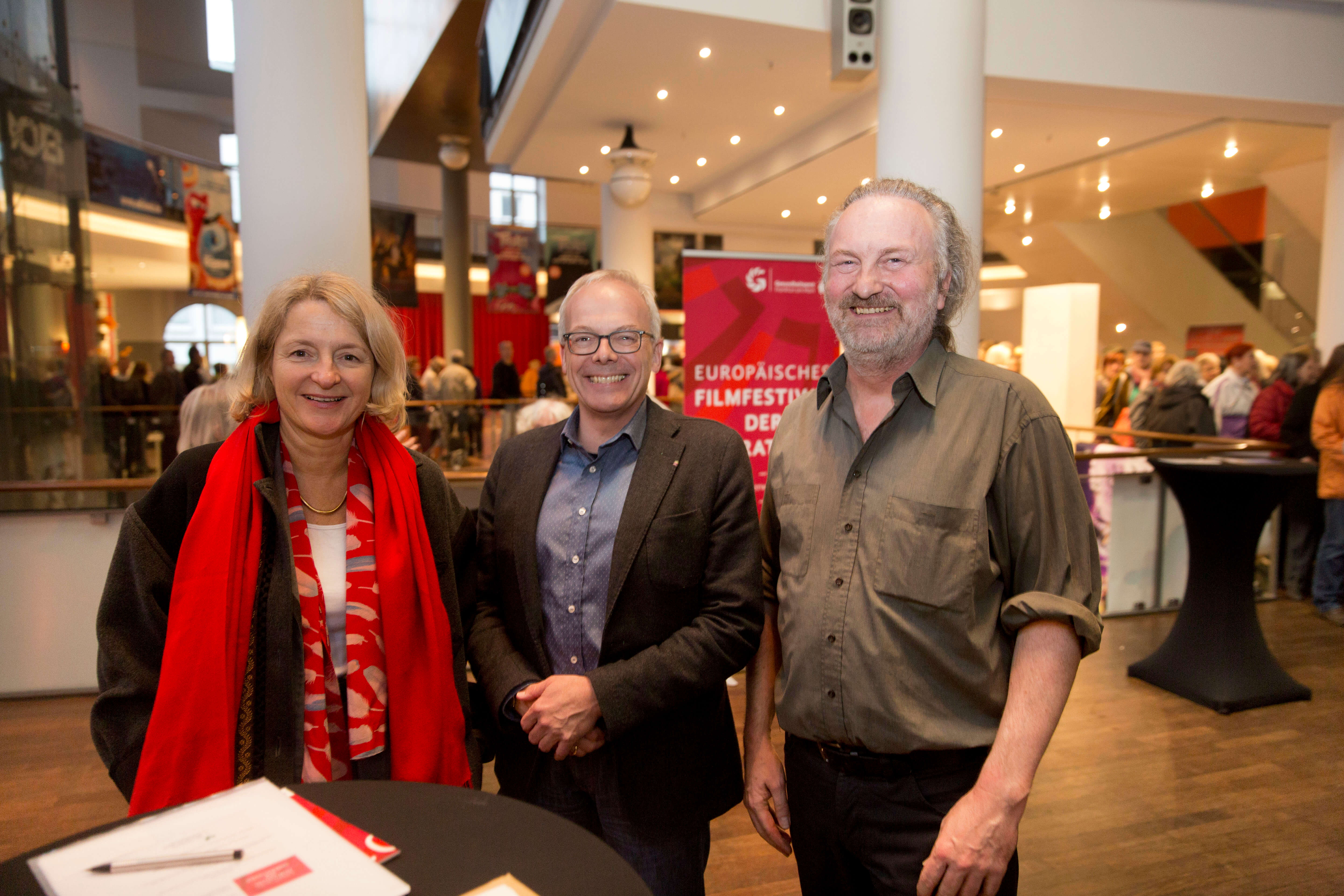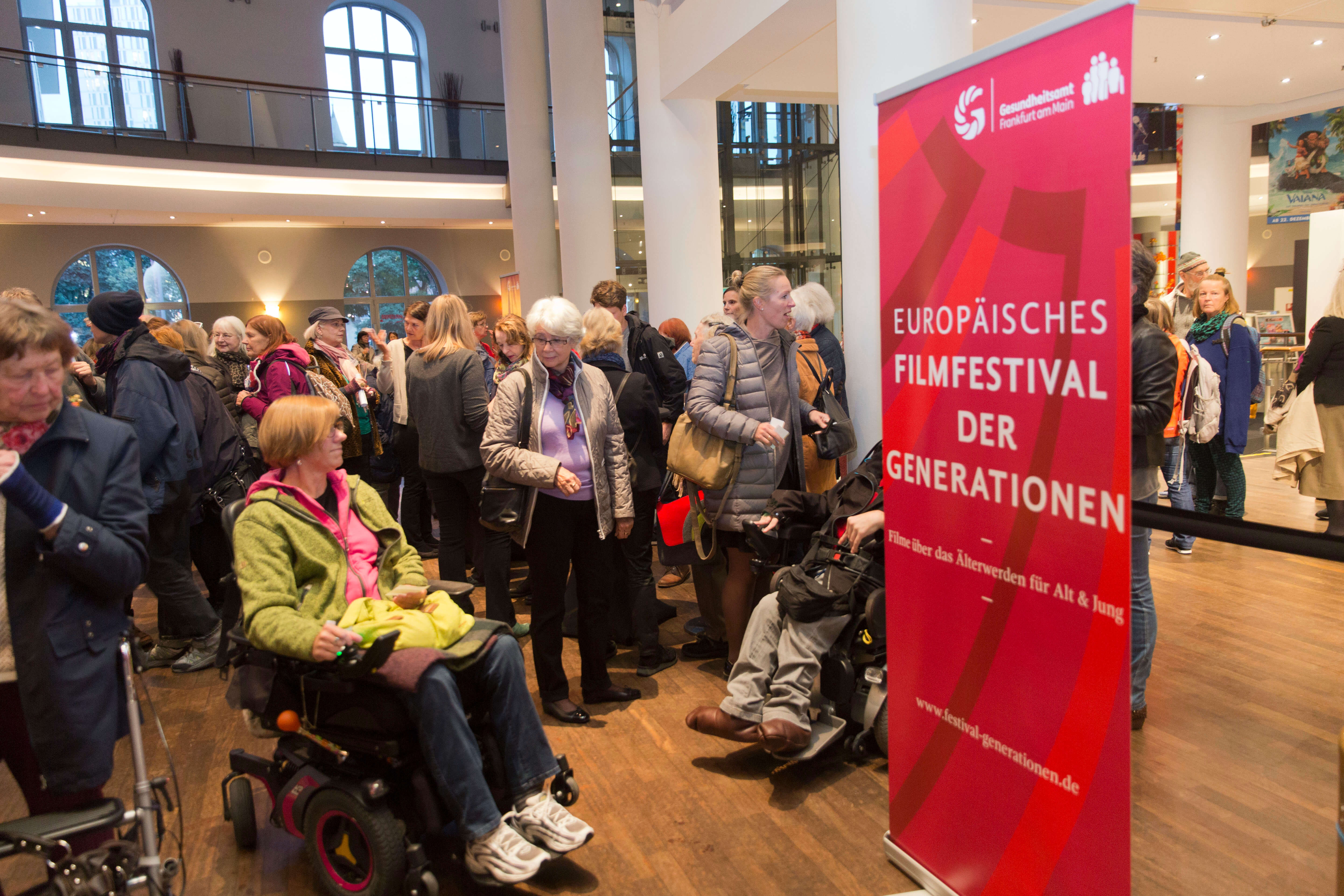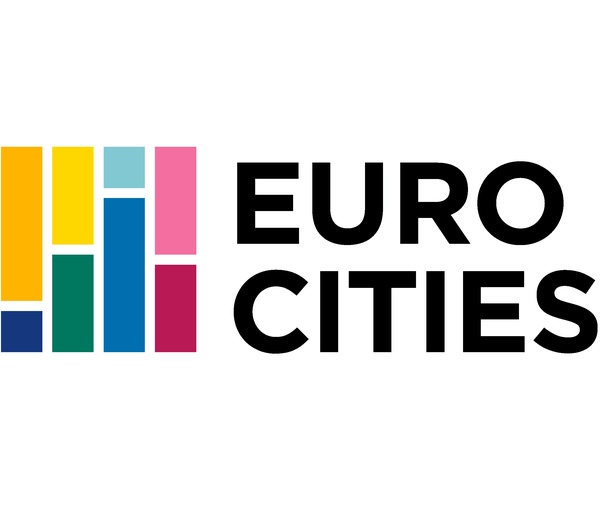Size and population development
The city of Frankfurt has a total population of 731, 000, while its metropolitan area has a population of 2.3 million. The city has a population density of approximately 3,000 people per square kilometre. (world population review 2018)
Population composition
The city of Frankfurt is culturally and ethnically diverse with 51.2% of population having an immigrant background. It has immigrant populations from over 200 countries, including large communities from Turkey, Italy, Croatia, Poland, Serbia, Russia, Afghanistan, China, the United States of American, Lebanon, Pakistan and India. In 2015, 22.7% of the population identified as Roman Catholic, 19.4% as Protestants, 12.6% as Muslims and 1% as Jewish and the remainder is no/other/unknown religion.
Main functions
Frankfurt (officially Frankfurt am Main) is the largest city of the German federal state of Hesse and the fifth largest city in Germany. Frankfurt is located on both sides of the Main River south-east of the Tanus mountain range. The southern part of the city contains the Frankfurt City Forest, Germany's largest city forest. The city area is 248.31 km2 and extends over 23.4 km east to west and 23.3 km north to south.
Main industries / business
Frankfurt is a global hub for commerce, culture, education, tourism and transportation and is the location of many global and European corporate headquarters. Frankfurt Airport is one of the world's busiest. Frankfurt is the major financial center of Europe, with the headquarters of the European Central Bank, Deutsche Bank, Frankfurt Stock exchange, several large fintech and cloud technology companies and many others. Automotive, technology and research, services, consulting, media and creative industries make up the economic base. Frankfurt's DE-CIX is the world's largest internet exchange point. Frankfurt is home to influential educational institutions, including the Goethe University and the Frankfurt School of Finance and Management.
Sources for city budget
The City of Frankfurt draws its budget for public expenditure largely from taxes, fees, fines and operating revenues.
Political structure
The Mayor of Frankfurt-am-Main is the highest-ranking member of city government. Since 1995, the position has been directly elected. Prior to this, the mayor was elected by the city council. The Mayor of Frankfurt is elected by the two-round system: if no candidate receives over 50% in the first round, a run-off is held between the top two candidates. The election is open to German and EU citizens over 18 years old who have lived in the city for at least three years. The mayor's term is 6 years – elections are brought forward if the mayor resigns or is otherwise removed from office. The mayor leads the city cabinet (Magistrat), and acts as the cabinet's spokesperson. The mayor is also responsible for the policies of local government departments and oversees the city's administration.
Administrative structure
The city is divided into 46 city districts (Stadtteile), which are in turn divided into 121 city boroughs (Stadtbezirke) and 448 electoral districts (Wahlbezirke). The 46 city districts combine into 16 area districts (Ortsbezirke) which each have a district committee and chairperson.
Website
http://www.frankfurt.de




